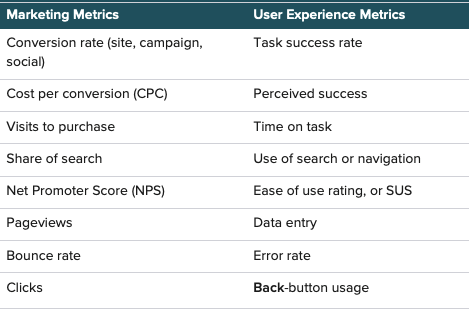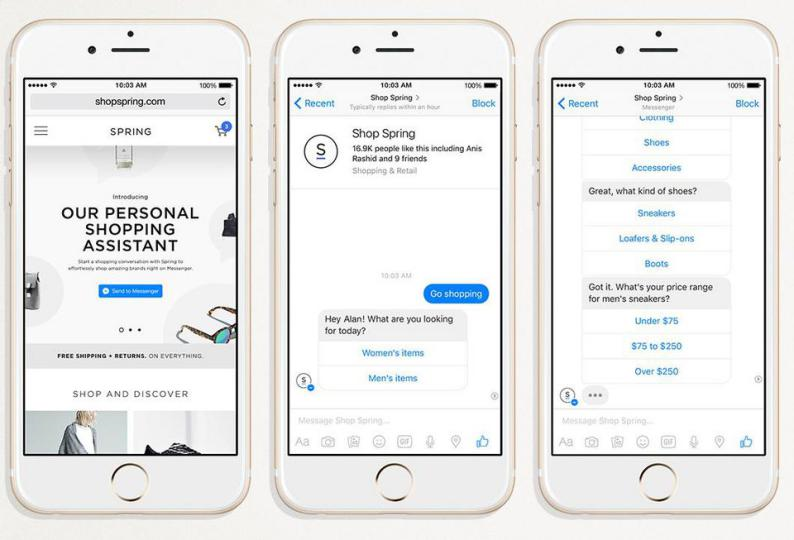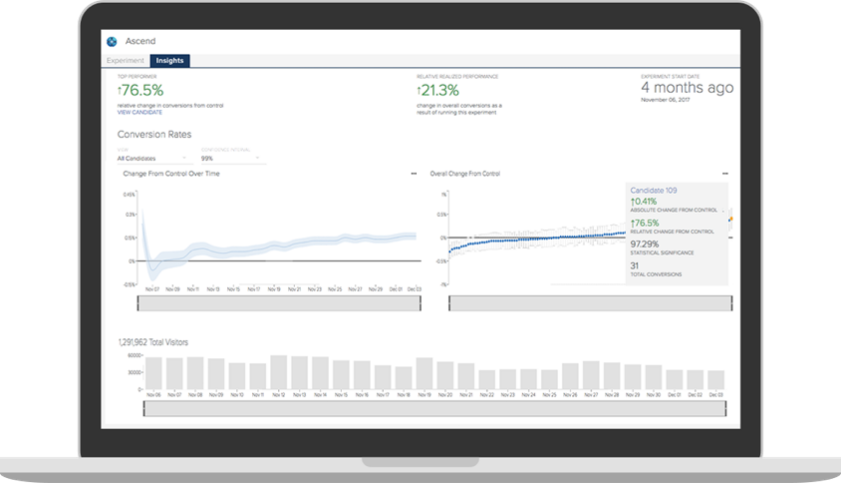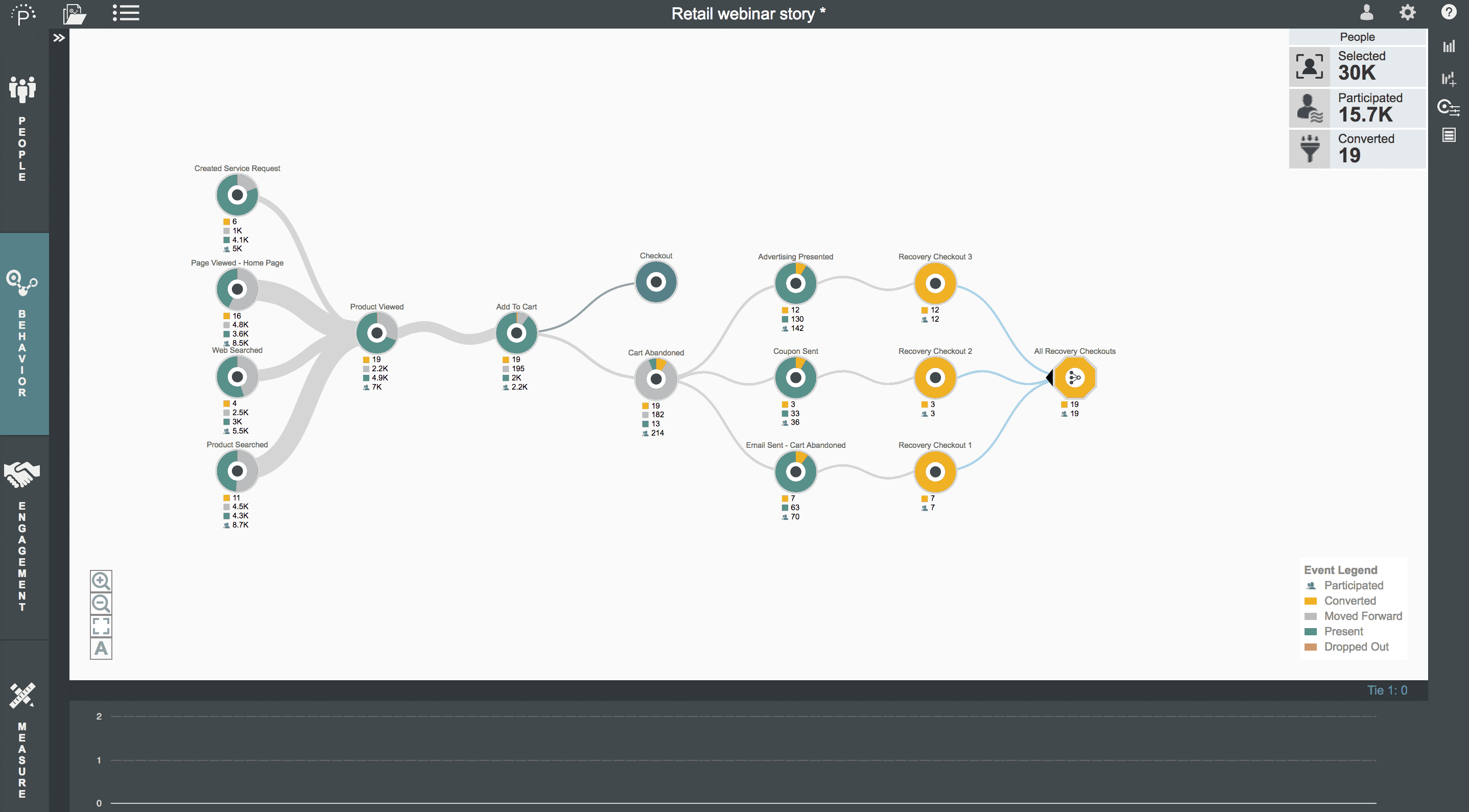User experience (UX) was one of the top trending topics for businesses this past year. You can barely browse through any business blog or magazine without seeing something about improving the UX of your website.
Obviously, UX is important and influential over conversions, and having a poor site structure or other UX issues can stop sales right in their tracks. But just because one “expert” offers their advice or hack for a better website design doesn’t mean that it will necessarily work for your e-commerce store. Before you accept their advice, it would be good to do research about the top eCommerce website builders that can help you make the right choice, and even save some money.
Rather than just guessing what your customers want or trying out new strategies to see what happens, you should be using a data-driven approach to the UX. This will help to eliminate time-consuming and expensive changes to allow your team to focus more on the solutions that work for your audience.
Let’s dive in.
Use real-time analytics to identify UX issues
Do you need to know what’s broken before you can fix it, right? This is why it’s important to use an e-commerce platform with real-time analytical data for a more accurate picture of where the weak points of your UX lie.
Unfortunately, the easiest signals to track don’t usually show what is really important. Your team needs to make sure they are tracking and analyzing UX focused metrics, not just typical marketing metrics like conversion rates, visits to purchase, etc. You will need to dive a little deeper into datasets to really get to the source of your biggest UX issues. For instance, it’s not enough to just know what your website’s cart abandonment rate is; you also need to know the exact points along the buyers’ journey in which the largest number of customers are leaving your website.
Instead, switch your focus to the three main categories of UX metrics:
- Usability
- Engagement
- The probability of Non-Sales Conversions
The user-friendliness of your site is the key to a positive experience, so take note of the specific pages or processes that are killing conversions. Use Google Analytics to identify broken links and double-check that the navigation on your website is set up properly for an easy journey from the homepage to check out. Engagement rates can also signal UX issues because it shows how much people are interacting with a site or application, as well as pinpoint which pages are slowing them down or driving abandonment. And finally, determining the likelihood of non-sales conversions can be used to identify falling off points.
What is the probability that a customer will take an action on a micro-conversion at a specific page?
Where does this number drop significantly and why?
Let data drive chatbot conversations
Chatbots can be a supportive tool for a better UX or they can be the source of many of your website’s problems. According to PWC’s report on the UX, seven out of ten customers would prefer to interact with a human than with a chatbot or automated live chat option. The main reason why consumers report this is because they just find that chatbots show that the brand has “lost touch” with the human element, and 73% of consumers reported that they would drop a brand if they had a negative experience with a chatbot on their website.
However, chatbots can provide solutions to common UX issues, so you shouldn’t discount them entirely. The key here is to use a data-driven approach to create conversational chatbots that improve the shopping experience. For example, most customers reach out to chatbots for problem resolutions or FAQ answers. So, your chatbot’s programming needs to have strong natural language processing to understand various phrasing and provide clear relevant answers.
Another common reason why customers turn to a chatbot is for product information. This also opens up an opportunity for relevant product recommendations, cross-sells, and upsells – if your chatbot is using customer datasets properly.
Don’t discount A/B testing
A/B testing tends to get a questionable rep, but it can be quite helpful for determining problems and solutions to the UX if conducted properly. The tricky part is that the traditional method of A/B testing only compares two options at a time – which means it could take forever to find the best solution.
AI can be quite helpful in this regard because of its ability to process data at a much quicker rate than other programs and conduct accurate forecasting based on past data. For example, an AI-powered program could test hundreds of design tweaks simultaneously and report which layouts and features increased conversions and click-through rates for a faster resolution.
Facilitate a data-backed journey-mapping process
Knowing what path your customers are following from start to conversion is a great way to pinpoint problems in your e-commerce UX.
That said, creating a data-backed visual map of how your customers are interacting with your website is crucial for these granular insights. For instance, this model can tell you which page(s) people are most likely to click on next and how many they will ideally visit before a conversion. It can also tell you the most common first pages that visitors arrive at within your website? (Note: it may not always be your homepage)
Notice how behavior changes as visitors move through the buyer’s journey. A first-time visitor may browse your product pages without adding anything to their cart, while a veteran customer might be more interested in your blog content, customer reviews, and so on. This data can provide insight into UX optimization based on the typical customer journey. Once you understand how your customers are interacting with your website, you can predict what their next step will be and then use this insight to design your website to facilitate and move them from one point to the next.
Conclusion
UX is a tricky matter, and even the smallest details can have a huge impact. That’s why a data-driven approach is the only way to go. Make sure that you have robust, real-time analytics to support your strategies and track the impact that it has on your customers’ behavior. Test different approaches and always make sure that every change you make to your website’s design supports a smoother, easier, and more personalized experience that pleases customers.















